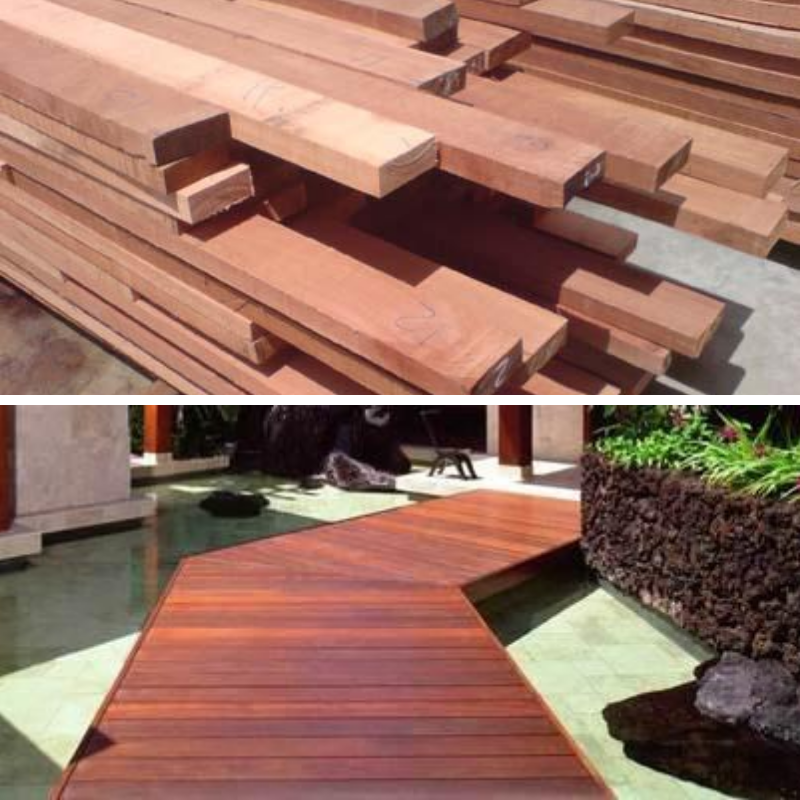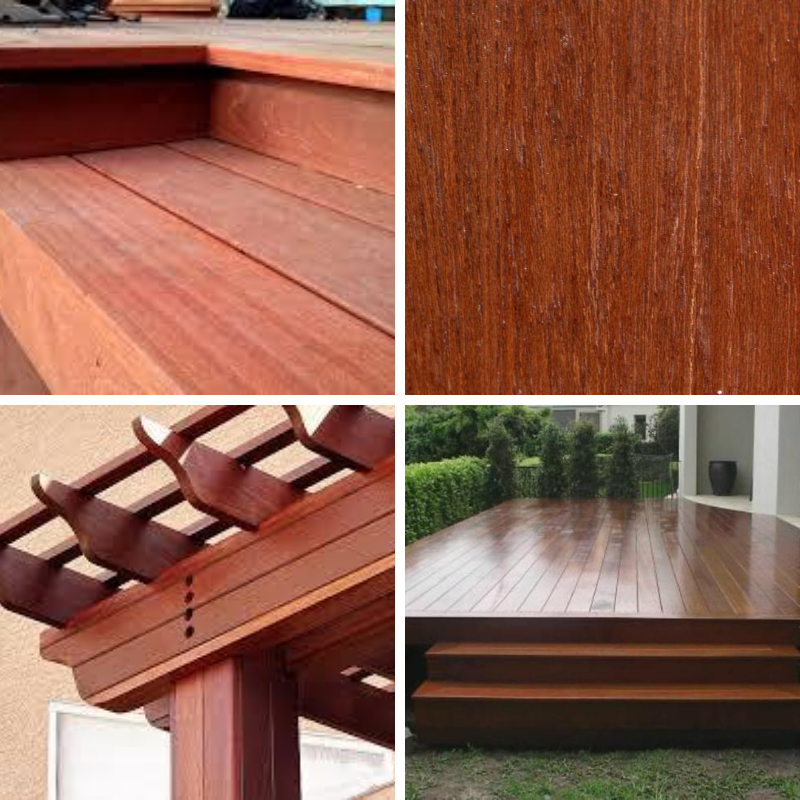[Wood Profile] What You Need To Know: Red Meranti
Red Meranti is another wood species that we commonly export. People often use it to make furniture as it is a strong and sturdy wood type.
Red Meranti is usually easy to work with. However, any of its interlock grains can present problems during planning. What more, dark red meranti has poor steam-bending properties.
You can easily find red meranti trees in abundance across South East Asia. The most common area of growth is in Malaysia, the Philippines and Indonesia. Fun fact: you can find this kind of wood type in the lower altitudes of Hill Dipterocarp forests. Mostly in coastal regions and can grow up to 130 feet in height, and 6 feet in trunk diameter.
Some of its species may have a slight blunting effect on tools due to small silica levels in its wood. It can also affect glues, stain, and finishes as well.
This wood type is commonly used to make plywood, interior furniture, general construction, concrete forms, veneer, and boatbuilding.
Here are some facts you should know about these wood types’ profile.
Colour Overview

Red meranti is divided into 2 colour shades: light and dark. Both have slightly varying colour characters, but not too different per se.
Dark red meranti is usually dark reddish or purplish-brown in colour. You can commonly find white resin streaks present on it.
Light red meranti differs slightly than dark red meranti wood. Its shade can be highly capricious depending on the species. It ranges anywhere from pale straw colour to a dark reddish-brown shade.
Durability
Red meranti is one of the wood types that are very durable. Its durability is natural and is in its nature. However, it’s not durable when exposed or used in open ground contact. It may be resistant to fungal attacks but not resistant to termite attacks.
Do keep in mind that the timber’s sapwood is liable to attacks by dry-wood termites. It may subsequently spread to its heartwood. Most, if not all of the light-coloured wood species are resistant to powder-post beetle attacks too.
On the other hand, there are certain species of red meranti wood that are not as durable. The Forest Research Institute Malaysia (FRIM) says that its average service life is less than 2 years. However, this is applicable only for less durable wood type species such as:
- Ovalis
- Leprosula
- Teysmanniana
Nevertheless, similar tests have been done at Princess Risborough (research site in the UK). The results they produce reflects that this wood type is moderately durable with a service life of 15-25 years. This is when in contact with the ground. The only downside is that it is highly susceptible to attack by marine borers.
Uses of Red Meranti

You can commonly find these kinds of wood types in industrial and home construction uses. It’s very common to find organizations using red meranti to make veneer, plywood, interior furniture, and even boatbuilding. Expect to see this timber species and type being used for general construction and concrete forms.
Sustainability
This hardwood type faces critical endangerment – largely due to huge deforestation. For the past 3 generations, this hardwood type faces a reduction in the population of over 80%. Exploitation and decline in the natural range are the main contributors to its population reduction.
However, in recent years you can find sustainable and certified sources of red meranti pools. This is mostly created to prevent any further deforestation of the same species of trees.
Conclusion
Red Meranti is a species that produces durable hardwood good for manufacturing purposes. At the same time, it is normal to see furniture made of the same wood type too.
If you are looking for this kind of hardwood timber, do not hesitate to reach out to us.

